BCCI modifies age verification procedure; allows 2nd bone test
The Board of Control for Cricket in India (BCCI) has revised its Age Verification Programme (AVP), designed to combat age manipulation in junior cricket. The updated regulations will now permit a second bone test for players whose initial bone age exceeds the set threshold – 16 years for boys and 15 years for girls. This decision was made during a recent Apex Council meeting of the BCCI.
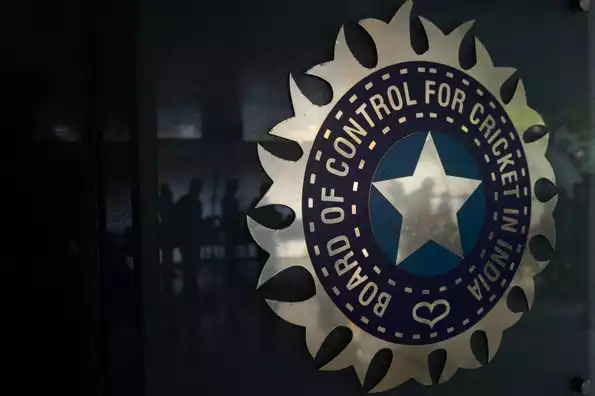
Understanding the Original Bone Test Protocol
Previously, the BCCI conducted bone tests for boys aged 14-16. The existing system involved adding one year to a player's determined bone age, creating a 'mathematical age'. This adjusted age served as the official age for determining eligibility in BCCI age-group competitions. For example, a player with a bone age assessed at 14.8 years would have one year added, resulting in a mathematical age of 15.8 years.
If the player's mathematical age was under 16, they were eligible to participate in the Under-16 competitions for that year. Subsequently, the player would typically become ineligible for the Under-16 category the following year.
The New AVP Guidelines: A Second Chance
Under the revised AVP guidelines, players who are still under 16 according to their birth certificate will be granted a second bone test. If the repeat test confirms an age under 16, the player will be allowed to continue competing in that age group. This same process, consisting of an initial bone test followed by a repeat test if required, also applies to girls in the 12-15 age group.
Addressing Accuracy Concerns
The introduction of the second test acknowledges the potential inaccuracies inherent in bone tests. It recognizes that while scientifically sound, the procedure has limitations. The Apex Council approved this repeat test during the past week.
The Bone Test Procedure
Typically, bone tests are conducted via X-ray examinations. These tests are administered before each domestic season, usually in July and August. During this period, state associations receive specific time slots, and a BCCI representative visits each state to oversee the tests. On average, approximately 40-50 boys and 20-25 girls undergo testing in each state, with the tests being performed at an affiliated hospital.
Combating Impersonation
In recent years, the BCCI and state associations have identified a new form of cheating. Some parents were reportedly sending younger individuals to take the tests in place of the actual players, in an attempt to avoid detection.
This impersonation tactic was detected by both the BCCI and the state associations. To prevent such manipulation, BCCI representatives now require a valid Aadhaar document displaying the player's most recent photograph before allowing them to proceed with the tests.
Newer articles
Older articles
-
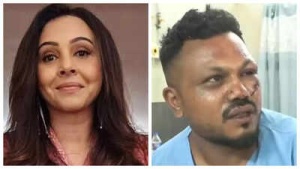 Suchitra Krishnamoorthi faces backlash for claiming Air India crash survivor was ‘LYING’; Deletes post and issues apology
Suchitra Krishnamoorthi faces backlash for claiming Air India crash survivor was ‘LYING’; Deletes post and issues apology
-
 Is Mohanlal, Mammootty, Mahesh Narayanan’s project titled ‘Patriot’? - Here’s what we know
Is Mohanlal, Mammootty, Mahesh Narayanan’s project titled ‘Patriot’? - Here’s what we know
-
 Mahbub Anam replaces Faruque Ahmed as new BPL chairman
Mahbub Anam replaces Faruque Ahmed as new BPL chairman
-
 Will Nysa Devgan enter Bollywood like Raveena Tandon's daughter Rasha Thadani? Kajol reveals the truth
Will Nysa Devgan enter Bollywood like Raveena Tandon's daughter Rasha Thadani? Kajol reveals the truth
-
 Still swooning over Ahn Hyo Seop and Kim Sejeong in ‘Business Proposal’? Here are 3 new K-Dramas to obsess over next!
Still swooning over Ahn Hyo Seop and Kim Sejeong in ‘Business Proposal’? Here are 3 new K-Dramas to obsess over next!
-
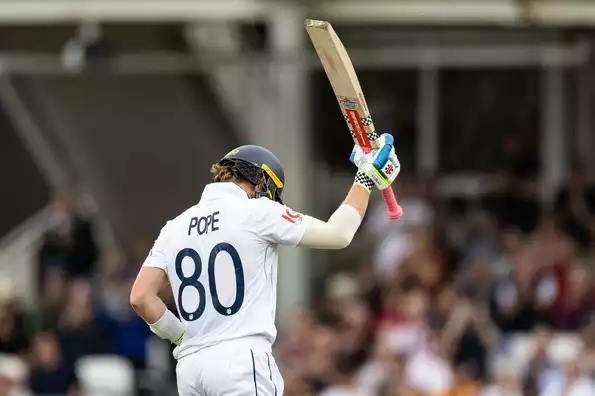 Pope retains No.3 spot; Carse set for home 'debut'
Pope retains No.3 spot; Carse set for home 'debut'
-
 Ngarava, Curran and Raza to miss Test series against South Africa
Ngarava, Curran and Raza to miss Test series against South Africa
-
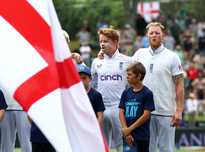 'Would be remarkable to choose someone else if their last knock was a 170'
'Would be remarkable to choose someone else if their last knock was a 170'
-
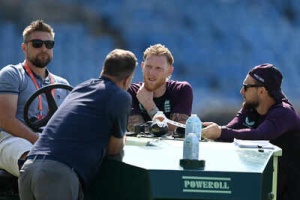 India vs England: Can Bazball outplay India's new era? Key battles and what to expect
India vs England: Can Bazball outplay India's new era? Key battles and what to expect
-
 Selena Gomez and Hailey Bieber UNFOLLOW each other amid Justin Bieber drama
Selena Gomez and Hailey Bieber UNFOLLOW each other amid Justin Bieber drama